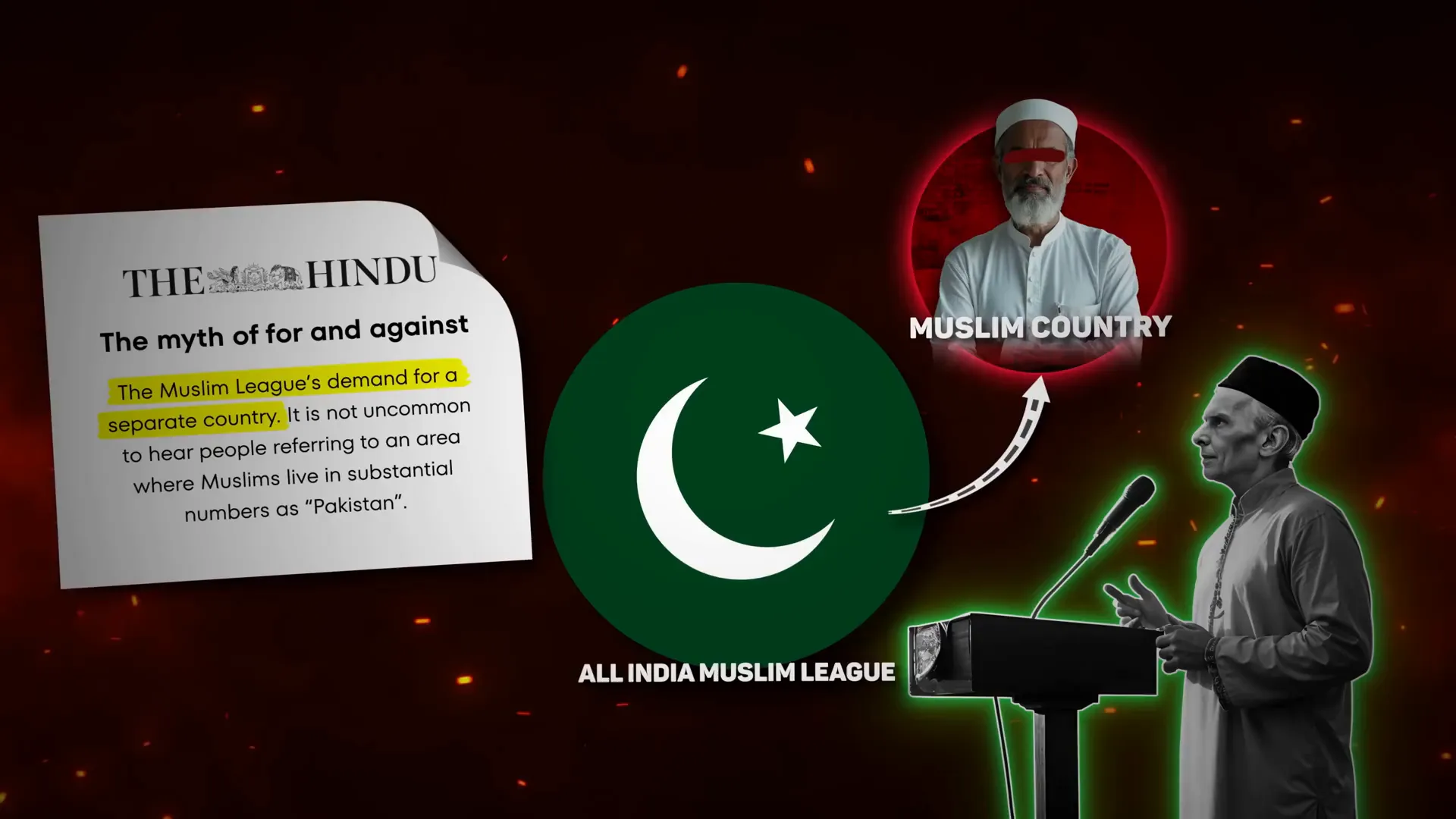Understanding the Partition of India: A Historical Perspective
The India-Pakistan Partition Explained is a monumental event that reshaped the subcontinent, leading to the creation of two independent nations: India and Pakistan. This separation was not merely a political maneuver but a complex socio-cultural upheaval that caused immense suffering and loss of life. In this blog post, we will delve into the historical context, the key figures involved, and the repercussions of the India-Pakistan Partition Explained that continue to resonate today.
The Rise of Nationalism and the Role of Key Figures
As the British Raj weakened, the Indian independence movement gained momentum. Leaders like Mahatma Gandhi and Jawaharlal Nehru were at the forefront, advocating for a united India. However, there were contrasting perspectives, especially from Muhammad Ali Jinnah, who articulated the concerns of Muslims in India. Jinnah argued that Hindu-Muslim unity was a facade, given the demographic realities and political dynamics at play.
Jinnah’s assertion that “Hindus are in Majority” highlighted the fears among Muslims regarding their political representation. He believed that if elections were held, Hindus would dominate the political landscape, leaving Muslims marginalized. This sentiment resonated deeply within the Muslim community, leading to the formation of the All-India Muslim League. This shift set the stage for the India-Pakistan Partition Explained.

British Divide and Rule Strategy
The British colonial strategy of “divide and rule” played a significant role in exacerbating communal tensions. The partition of Bengal in 1905, for example, was a calculated move to create divisions along religious lines. This action sowed seeds of distrust between Hindus and Muslims, creating a precedent for future political strategies. The India-Pakistan Partition Explained cannot be understood without acknowledging this history.
As the Indian National Congress emerged as a dominant force advocating for independence, it inadvertently marginalized Muslim voices within its ranks. With only 6.59% of Muslim delegates, many Muslims felt their interests were not adequately represented, leading to a growing rift, which eventually contributed to the India-Pakistan Partition Explained.
The Impact of World War II
The end of World War II marked a turning point for British India. Britain was weakened economically and politically, prompting a reassessment of its colonial holdings. The Labour government, led by Clement Attlee, announced its intention to transfer power to Indian leaders. This created urgency among Indian political factions to solidify their demands, leading to a further entrenchment of communal identities. The India-Pakistan Partition Explained became inevitable as the political climate grew more polarized.
While the Congress sought a secular, united India, the Muslim League’s demand for a separate nation gained traction, particularly after the 1946 elections where it won a significant majority among Muslim voters. This electoral success underscored the growing support for Jinnah’s vision of Pakistan, key to the India-Pakistan Partition Explained.
1946 Elections in British India
The 1946 elections were pivotal in shaping the trajectory of the India-Pakistan Partition Explained. With the Muslim League’s success, the demand for a separate Muslim state grew stronger, leaving little room for reconciliation between the Congress and the Muslim League.
The Road to Partition: Negotiations and Conflicts
As tensions escalated, the British government proposed the Cabinet Mission Plan in 1946, which aimed to create a federal structure without partitioning India. However, both the Congress and the Muslim League had differing interpretations and demands, leading to a deadlock. The India-Pakistan Partition Explained reached a breaking point in this context, with no agreement.
On August 16, 1946, Jinnah called for “Direct Action Day,” leading to widespread violence and riots, known as “The Great Calcutta Killing.” The ensuing chaos illustrated the depth of communal hatred and the urgent need for a resolution, signaling the path toward the India-Pakistan Partition Explained.
The Mountbatten Plan and the Final Decision
With the situation spiraling out of control, Lord Mountbatten was appointed as the last Viceroy of India. His plan, announced on June 3, 1947, proposed the partition of India into two separate dominions: India and Pakistan. This plan was hastily accepted due to the deteriorating security situation and the pressure from both communities, making the India-Pakistan Partition Explained a reality.
The announcement led to a mass migration of populations across the newly drawn borders, with millions of Hindus and Sikhs moving to India and Muslims relocating to Pakistan. This migration was marred by horrific violence, resulting in the deaths of an estimated 1 to 2 million people. The India-Pakistan Partition Explained is often marked by the trauma of this migration.

The India Independence Act, 1947
The India-Pakistan Partition Explained culminated in the India Independence Act of 1947, which formalized the creation of two separate nations. This legislative action led to the birth of Pakistan and India, but it also sowed the seeds of future conflict.
Aftermath: The Legacy of Partition
The Partition left deep scars on the collective psyche of both nations. Families were torn apart, communities were devastated, and the trauma of violence lingered for generations. The implications of this division are still felt today, as India and Pakistan navigate a complex relationship marked by historical grievances and territorial disputes. The India-Pakistan Partition Explained is central to understanding these ongoing tensions.
Even decades later, the memories of Partition haunt many, with stories of loss and resilience still being shared within families. The historical narratives surrounding the India-Pakistan Partition Explained continue to be debated, as people grapple with understanding this pivotal moment in their shared history.
Conclusion
The India-Pakistan Partition Explained was not just a political event but a profound humanitarian crisis that reshaped the lives of millions. Understanding the complexities of this period is essential to grasping the current socio-political landscape of the subcontinent. As we reflect on this history, it is crucial to acknowledge the lessons learned and strive toward a future where unity and understanding prevail over division.
